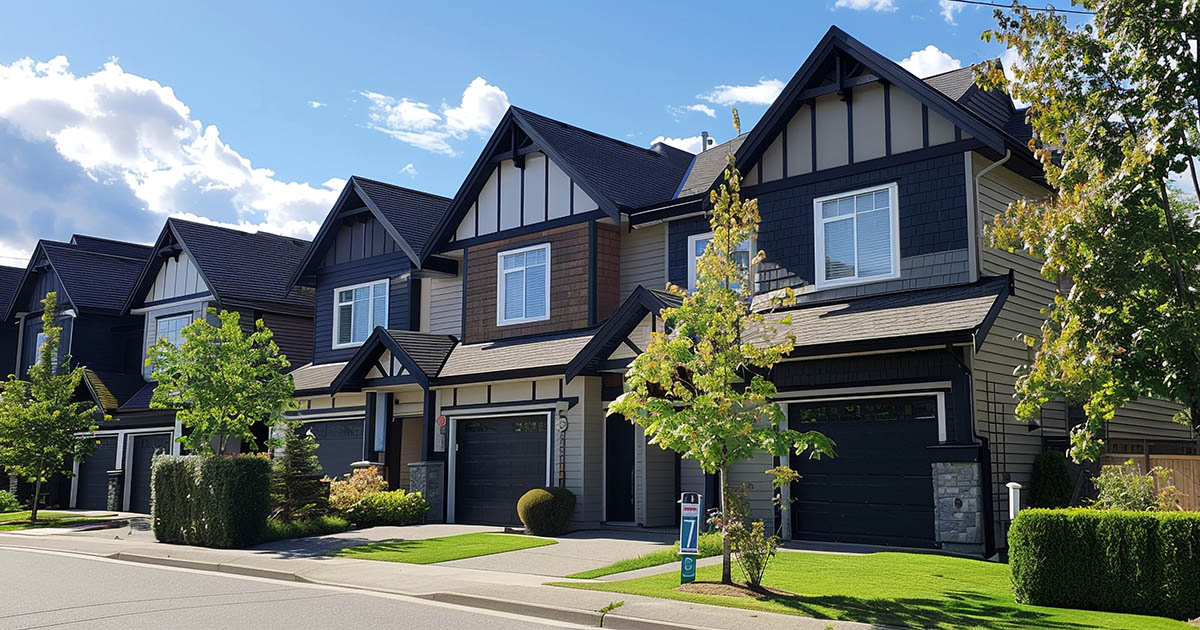The Rise of Suburban Multi-Family Investing
Written by Chicagoland 1031 Exchange May 7, 2024

Over the last decade, multifamily properties have been one of the most targeted investments for real estate developers and investors. Class A apartments, student housing, senior living, and built-to-rent have all been popular sub-asset classes within multifamily. While the type of property is important, location has always been one of the primary driving forces of a real estate investment’s success. Location trends shift over time, and Chicagoland 1031 Exchange has, for several years, been working with DST sponsors that tend to focus on more suburban locations.
Before the pandemic, urban, city-center apartments were one of the most popular locations. A housing shortage brought on by the lack of development during the 2008 recession, the millennial generation’s desire for apartment living over home ownership, and the proximity to the highest paying jobs and vibrant nightlife all contributed to bullish investor sentiment toward urban housing.
However, the pandemic changed a lot for urban living. With offices shutting down, living close to work was no longer a benefit. Restaurants and entertainment venues couldn’t operate so that perk also went away. Residents had to spend their time inside their homes or enjoying the outdoors. With urban areas typically offering low square footage and limited outdoor recreation activities, they were not a particularly desirable place to weather the pandemic.
This began a shift to the suburbs. CBRE discusses this in their 2022 Real Estate Market Outlook: “As of Q3 2021, urban vacancy rates average 5%…. By contrast, suburban properties fared better… income uncertainty, a preference for outdoor options, a need for more space and more millennials with growing families requiring schools—drove demand for apartments in lower-density and lower-cost submarkets.”1
The same CBRE article predicted a shift back to urban living, citing return-to-office policies as one of the main driving factors. Fast-forward to today closing in on Q2 2024, things look a little different. Return to office has not happened to nearly the extent and speed at which many thought it would. Additionally, economic factors such as rising interest rates and inflationary pressures have taken their toll on multifamily properties in all locations.
These factors put an outsized downward pressure on urban properties, which pushes residents to the suburbs. A recent article published in Real Assets Advisor titled “The suburbs have become multifamily’s new land of opportunity” discusses this move to the suburbs as an investment opportunity. It refers to suburban multi-family as recession resistant and says, “if the economy is performing poorly, renters in the city will look to nearby suburban communities that offer the same perks for lower rents. Whether the economy is stronger or weaker, there will always be steady demand for well-located, high-quality multifamily product in suburban markets.” This sentiment is echoed by the Wall Street Journal citing a report from Apartment Listings which shows that suburban rent has grown 26% since 2020 which is 8% higher than the gain in urban centers.2
While there are still opportunities in other types of areas as well, these reasons and more are influencing Chicagoland 1031 Exchange’s continued interest in properties with suburban locations. To learn more about how we analyze locations and conduct due diligence on investments for our clients, contact our advisors today.
Topics:
Insights




